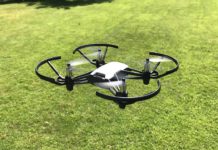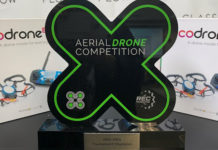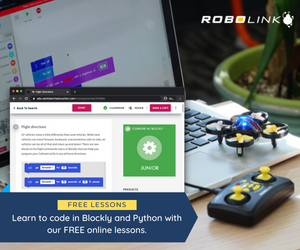This blog is written to assist instructors on which drone they should buy for their school and companies or sites where they can buy those. This includes factors you need to consider when you are integrating drones into your STEM education or curriculum. This will help you decide which drones will best meet your needs for your class.
How to buy educational drones for kids in school
There are different ways to buy drones for your school, but you have to consider your purpose of buying. Is it for a wide classroom set up, individuals or few students in the classroom? Also, as an educator, you have different needs compared to other users.
- Make sure to buy from someone or a company that has been with the industry for quite some time and understands very well STEM education and has a team that can best support the teachers. Support is really essential especially when you encounter technical issues or have some questions that only technical support can answer.
- Check all latest releases of drones as technology is advanced these days and having new models or versions of drones is usual. Be aware of the online discounts being offered when purchasing. Don’t be in a rush and take some time to consider things and do your research.
- Make sure to buy drones that are long lasting as you are using them for school. Find drones that are designed especially for the classroom as there are toy drones that don’t often last long after a couple of usage.
- New releases of drones by companies are normally informed to their resellers. They should be able to know when it will be available for sale and its stock availability.
Talk to someone who will dig down deep to understand your needs as an educator and what your goal is in your drone class. That person definitely knows more than you about drones as that’s what they are selling and they can surely give you accurate information and advice.
Where to buy?
We use Robolink drones because they are one of the best educational drone companies that offer the most innovative and state-of-the-art drones.Their free online resources, after-sales service and accessories are commendable. The hardware itself is excellent to be used in class. We first test the drones to see its maximum performance and we resell those once we confirm the quality of them. Fortunately, we’ve never had any of their drones that we tried and failed though there are some technical issues that we need support with which is pretty common with any technology. We test other products to compare them with one another so our advice would be more accurate and helpful for everyone reading it.
Our Recommendation
CoDrone Mini
Small in Size. Big on code.
CoDrone Mini is a miniature programmable drone at a much more affordable price. With its smaller propellers, the ability to flip, a rounded frame, and lighter form factor, this drone is suitable for younger audiences who are interested in getting into programming with drones. It’s also a great starter drone. CoDrone Mini is for younger audiences. It is small and has a durable build. Lessons and tutorials can be accessed for free through Robolink’s learning site. You can fly it around and make it do acrobatics with the remote, with block coding using Blockly for CoDrone, or with text-based coding using Python.
Coding Languages: Python, Blockly
Age: 10 y/o+
Price: $89.99
Drone Ratio: a classroom of 24 students for a 1:2 ratio. No more than 2 students to a drone.
Coming Soon
We haven’t tried this product but this seems like the most perfect drone for the classroom that Robolink will ever release.
CoDrone EDU
The programmable drone designed for learning
CoDrone EDU is an excellent way to learn 21st century technical skills with its programmable lights, flight patterns, and access to 7 sensors. It has a stable connection with its 2.4 GHz RF communication with 50-meter range. The company uses RF for better stability in the classroom. It also comes with a remote controller so it’s ready to fly right out of the box!
Coding Languages: Python, Blockly
Age: 12 y/o+
Price: $214.99
Drone Ratio: a classroom of 20 students for a 1:2 ratio. No more than 2 students to a drone.






